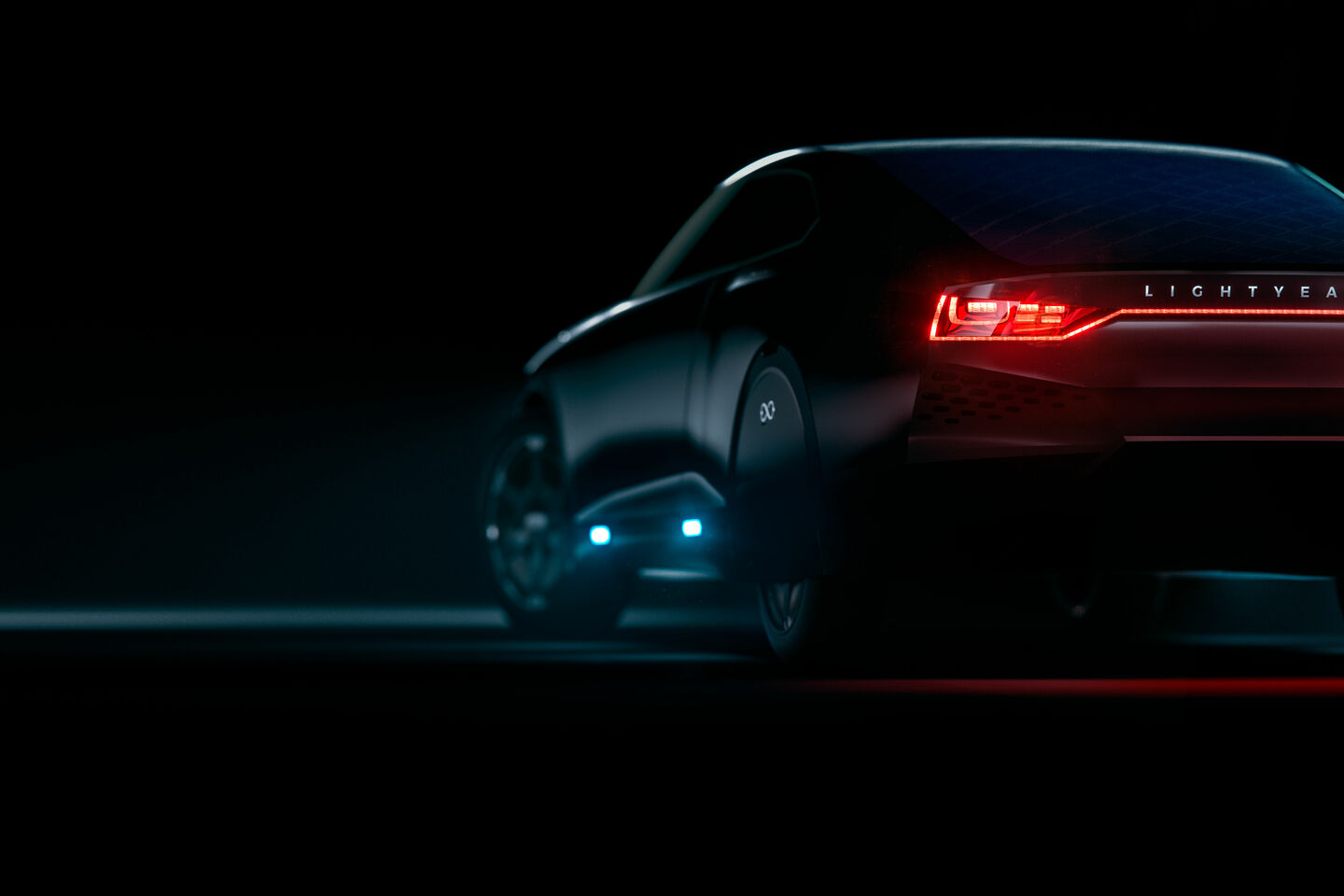
How Lightyear got the ball rolling
Lightyear's star is rising. Nearly a year ago Lightyear One first came to the world's attention. Now, these solar vehicle builders have installed themselves on the Automotive Campus in Helmond, where they will soon be opening their own factory and are employing forty people. Co-founder Lex Hoefsloot looks back on the past nine months, and talks about the obstacles they faced and how they were overcome.
“Since our launch at the end of June 2017, the first opportunity for the world to learn of the Lightyear startup, people from all over the place have approached us, wanting to take part,” explains Lightyear's CEO Lex Hoefsloot (27). “One person wanted to buy a car, another wanted to invest and, of course, people came by who wanted to work with us. The fact that all this came our way at the same time meant that in all that time we have been able to carry on building. We gained buyers, who also gave us input, and thanks to our investors we have the resources to hire the right people.”
Finding good people at a time when technical personnel are in strong demand has not always been easy, confides Hoefsloot. “Initially, that was one of the toughest problems we were confronted with,” admits the TU/e alumnus, who tells us that this situation has in fact changed only recently. “Whereas until a month ago people were like ‘those guys are full of hot air, they'll never manage it,’ it now seems that we have accumulated sufficient credit worthiness in this small world that we can attract people. Of course, with Solar Team Eindhoven we had already built up something, but with a new brand you really do start again from scratch. You have to build a new track record in order to win people's faith in you. Now that companies are committing to us, no one wants to miss the boat.”
With evident enthusiasm, Hoefsloot tells that he recently brought someone on board who was closely involved in the Pal-V project, in which a flying car was designed. “A person like that has a lot of experience with things like homologation (the entire process that a car and its parts must complete to be approved, ed.) and that is a great help in our company.”
Staying flexible
That things are now going well does not mean that the company is home-free, Hoefsloot is well aware of that. “It is really important for us that we stay flexible. We need to launch this commercially as soon as possible. If you stay flexible, that's possible and you can keep on improving the car. For us it is vital that we make every step in the process manageable. You start with a design and a prototype. In that phase you don't pay too much attention to the production, you do that only as the numbers get bigger.”
Even though the team took a very important first step towards a practicable solar car with Stella in 2013, this does not mean that the consumer will see much of this participant in the World Solar Challenge reflected in the new product. “I think that ultimately not a single component of Stella will be incorporated in the Lightyear One,” confesses Hoefsloot. “Although the two cars share virtually the same concept, the execution of the Lightyear One is completely different. Now we are much more involved with safety and with the customer instead of our own design dreams. What's more, scalability and reliability now play a very important role. If you want to build more than a thousand cars, you have to think in a way that is fundamentally different.”
On the street
To the question whether the Lightyear One will eventually look the same as it did at the launch, Helmond resident Hoefsloot is clear: “We have always said to our buyers that for 70 to 80 percent this is the car you would expect. The general lines are staying the same, but since June 2017 we have delved deeply into the engineering and we have also looked closely at issues like aerodynamics and weight. The front end, for example, will look completely different. We are working to the principle of most advanced, yet accepted.”
Loosely translated this means Lightyear is keen to build as advanced a vehicle as possible, but one that won't look out of place on our streets. Generally speaking, a conventional engine hood, as could be seen in the first impressions, is not the most aerodynamic form. So that is something they will be making adjustments to, all the while adhering to the need for the vehicle to stay within the bounds of what is currently considered aesthetic. “As far as we are concerned, the majority of people must feel it is an attractive car,” explains Hoefsloot. “If as a designer you end up at the point where it's a nice car for the niche market, I think we're doing something wrong. Our main mission is to show that the concept works.”
Managing expectations
Hoefsloot says that the Lightyear One is now really in the late concept phase and that until the car is complete, not much more information will be released. For the time being, this privilege remains restricted to potential customers. “We are a bit hypersensitive about parties rushing to publish renderings. On the one hand we don't want to be pinned down to a design, and besides we don't think people really believe in renderings any more. When we release the design, it really must be the car as we will supply it to customers.”
As far as the latter point is concerned, finding customers, what Hoefsloot found was that when you are trying to sell something that does not yet exist, it does not work in your favor to have the status of student. “As you'd expect, people are inclined to see you as a couple of eager puppies who shouldn't be believed at the outset. That's why it is helpful to bring some experience on board. It isn't our style to shout things from the rooftops. Obviously we did that at the launch, but the occasion demanded it, otherwise there'd have been no follow-up in the media. But now we are trying to stay as true to ourselves as we can.”
It is essential that expectations are managed. “As far as that is concerned, at the moment we are hampered by the public's mistrust of the electric car industry. Often you'll see a ride radius communicated that isn't achievable. So when we say we can do 800 kilometers, everyone thinks what that really means is 400 kilometers. Similarly, the data that Tesla produced and then didn't live up to hasn't done us any favors. So we are choosing to communicate in as open a way as possible.”
Production line
If everything goes to plan, which according to Hoefsloot is still the case, the first Lightyear One should be presented in 2019. Now, nine months after the launch of the company, the first chassis is being built. In fact, an entire production hall is being built to facilitate the team.
Hoefsloot: “Production will start officially this coming August. The production line will be sited in the back of the Automotive Campus. We have created it in cooperation with the municipality of Helmond, the province and construction company Van der Ven. We are renting the premises that are being built to meet our specific wishes. Until at least 2020, this will give us enough capacity for the vehicles we want to build.”
That everything can proceed so quickly is, Hoefsloot believes, unique. “It is very unusual that they have been able to switch gear so quickly here. That's uniquely possible at this location.” In the meantime seventeen cars have already been ordered, seven of which are the signature model. By far the most have been sold to private individuals. “Almost all of them Dutch citizens who own a company,” says Hoefsloot, “and who think it's pretty cool. Some are entrepreneurs who respect what we're doing. What's more, we are also conducting initial discussions with lease companies and fleet owners, but that's obviously not easy when you don't yet have anything to show, and for the foreseeable future aren't going to be engaged in mass production.”
TU/e involvement
The roots of Lightyear lie, as we know, in Solar Team Eindhoven. The TU/e professors who were involved in STE are now involved with Lightyear. Hoefsloot, himself an alumnus of Mechanical Engineering: “We still have contact with people like Maarten Steinbuch, Ton Backx, Jan Mengelers and Carlo van de Weijer.” Soon he will be able to report more news from the frontlines of the cooperation: “Lightyear is busy forging contacts with various groups at TU/e to enable researchers to develop in tandem with us.”
Does Hoefsloot, STE member from the get-go, still have much contact with the current team? “Sure, only recently I met with Blue Jay and the Solar Team. That contact is so valuable for us. We get to see their new challenges and the obstacles they run into. What's more, it offers us the chance to enthuse people about coming over to join us.” After all, 50 percent of Lightyear's current staff came originally from the student teams. And that thirst for staff is far from quenched. “We still need a great many people. That might be to do a graduation project, for an internship or to take a job after graduation. We can use more people in almost every field of knowledge.”
As a footnote to that, Hoefsloot must confess that the salary offered by Lightyear is a little less than the market average, but then again, he believes, they have something to offer in return. “The difference in salary, which by the way is almost average, is compensated by the opportunity to buy shares in the company at a discount. That may turn out to be highly profitable, but of course you can never know for sure.”
“Lightyear shows what we can do here in the region”
“What do you think?” replies Carlo van de Weijer, the TU/e director of the Strategic Area Smart Mobility, when we ask him how he views the developments at Lightyear. “It's great. When you see the boost it is generating across the region. It's enabling us to show what we are capable of. The value of that can't be overestimated. Naturally, I'm a little proud.”
Since the early stages of Solar Team Eindhoven, Van de Weijer has been involved and it was he who linked Lightyear to the Automotive Campus. He still acts as a sounding board on a regular basis. “We talk once a month, which provides the chance to ask slightly critical questions, and I hope that I am able to move them forward a little. Not that they need that input any longer.”
He has absolutely no problem with Lightyear moving to Helmond. “It is TU/e's societal role to help things progress, and that is exactly the role TU/e is fulfilling here. We also have a special collaboration with the Automotive Campus, where we are part of the Board. The Automotive Campus is part of the ecosystem that also comprises TU/e. This is exactly what we are all doing it for.”
Van de Weijer thinks it is marvelous that Lightyear is doing so well, and that they have been able to move to the Automotive Campus. “With all the projects that want to move there, the Automotive Campus has a luxury problem, so it is nice to see that preference is being given to this initiative. I also see it as a reward for the municipality of Helmond, which has invested for so long in automotive, because a lot more great things are happening in that sector.”
Has Van de Weijer already taken a fancy to a Lightyear One? He cannot deny that he entertains the idea of buying one. “But, of course, the cars in my budget are those just under the price bracket of the Lightyear One, so that pleasure has not yet been mine. But I think I'll certainly buy one, sooner or later.”

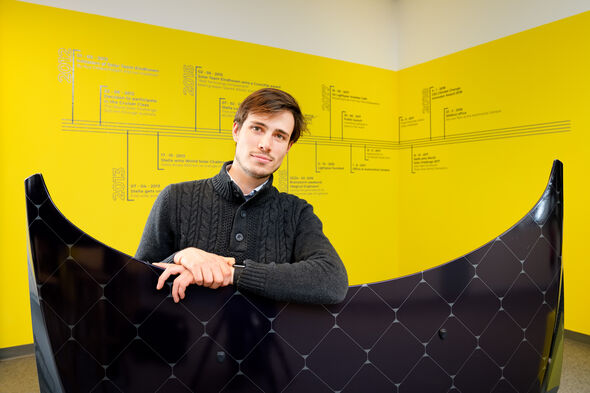
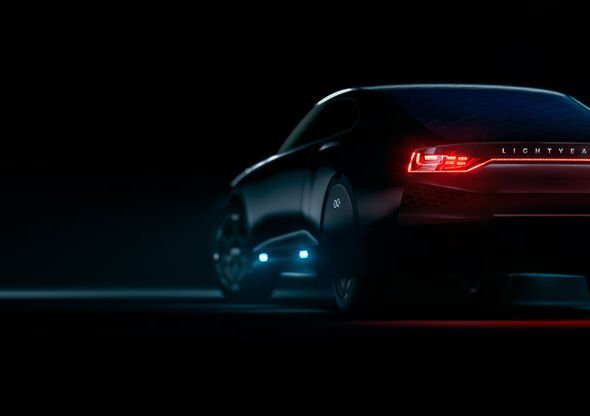
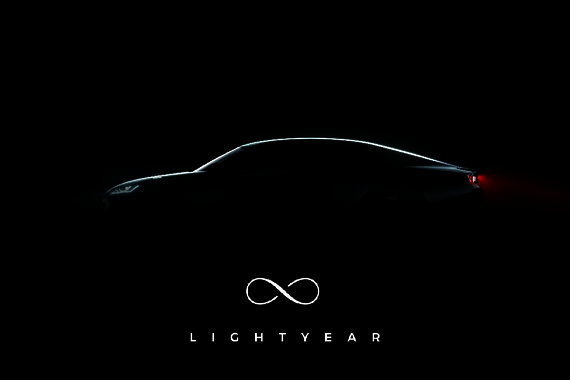
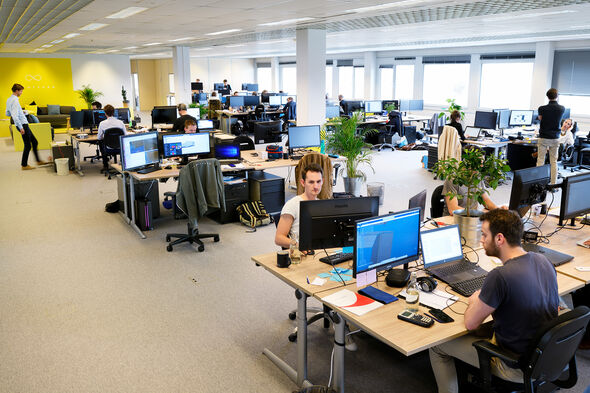
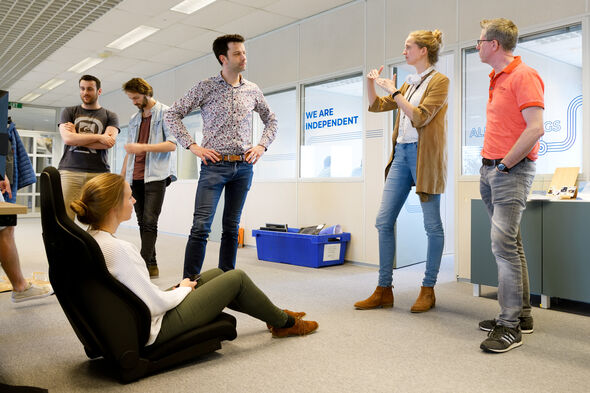
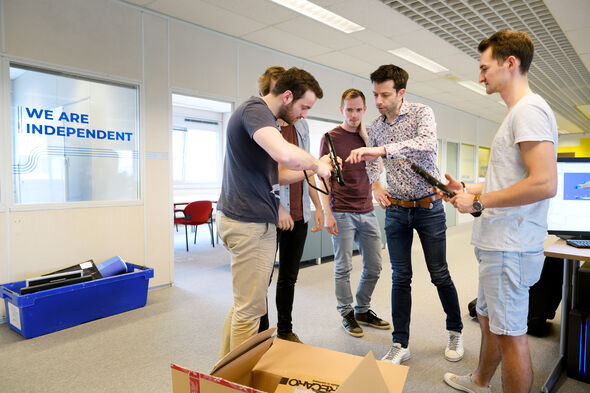
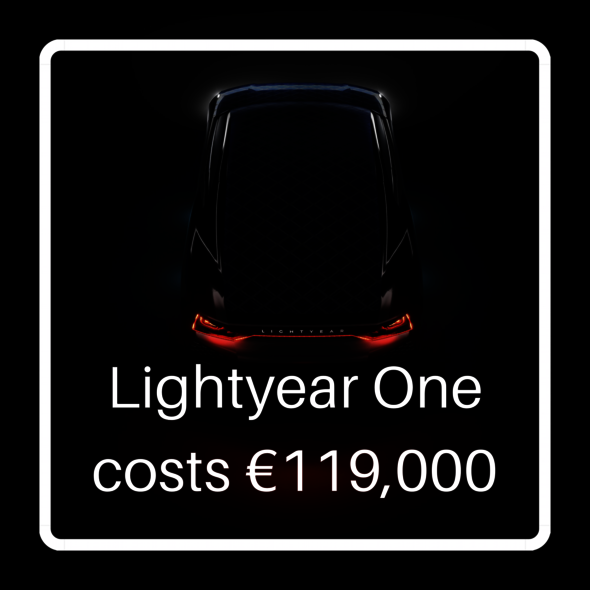
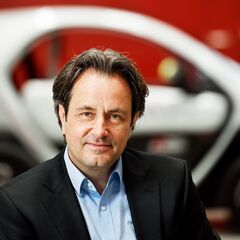
Discussion